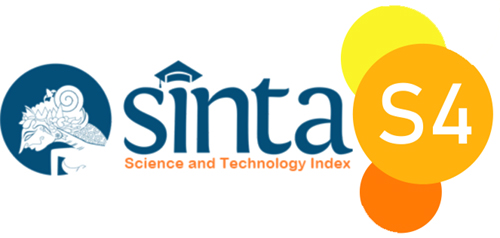Prediksi Hasil Tangkap Ikan Laut Di Kota Tanjungpinang Menggunakan Metode SARIMA (Seasonal Autoregressive Integrated Moving Average)
 :
:
https://doi.org/10.32409/jikstik.22.4.3448
Keywords:
Kecerdasan Buatan, Sistem Informasi, ARIMA, IDX30, CRISP-DM, Peramalan, SahamAbstract
Tanjungpinang is an archipelago. Fish is a food that is often consumed by local people. In 2019 the fish consumption rate is 66 kg/year. and in 2020 it will reach 68 kg/year. Meanwhile, the volume of fish caught in the Riau Islands is 322 kg/year and in 2021 it will decrease to 303 kg/year. Tanjungpinang is rich in marine potential so that the local government takes advantage of this by exporting fish abroad. With fish consumption rates increasing every year, the volume of fish caught is uncertain every year and there is demand for fish exports abroad. So it is necessary to have fish catch predictions to find out the availability of fish the following month. This prediction helps the government to develop a strategy to increase fish catches in Tanjungpinang City. Therefore a fish catch prediction system was built using the SARIMA method. The stages in this study were identifying seasonal data patterns, dividing training data and test data, designing the SARIMA method. The prediction results show that the best model for predicting marine fish catches is the model (0,2,1)(1,2,0)2 with a training data MAPE of 10% which is a very good prediction category and is suitable for use as an analysis by the government to regulate budget estimation and future work program strategy.Downloads
Download data is not yet available.
Downloads
Published
17-01-2024
How to Cite
[1]
Malik, R.F.I., Bettiza, M. and Nurfalinda , .-. 2024. Prediksi Hasil Tangkap Ikan Laut Di Kota Tanjungpinang Menggunakan Metode SARIMA (Seasonal Autoregressive Integrated Moving Average). Jurnal Ilmiah Komputasi. 22, 4 (Jan. 2024), 485–492. DOI:https://doi.org/10.32409/jikstik.22.4.3448.
Issue
Section
Sistem Informasi
Categories
 Abstract View: 0 times
Abstract View: 0 times








